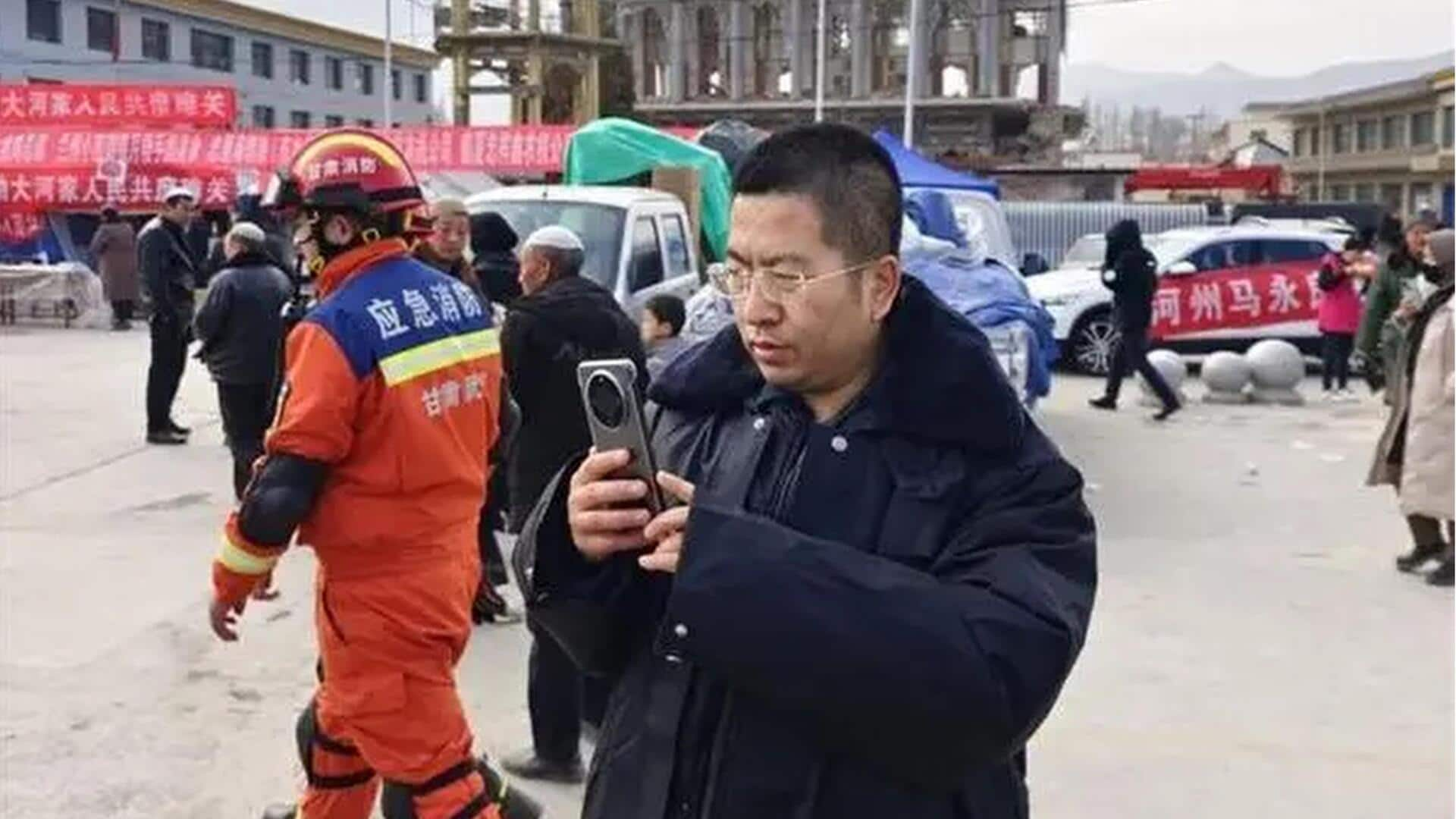
Meet Tiantong Project: China's revolutionary leap in satellite communication
What's the story
In response to the devastating 2008 Sichuan earthquake, which claimed over 80,000 lives and was exacerbated by communication failures, the Chinese government initiated the Tiantong Project. This ambitious endeavor aimed to establish a universally accessible satellite communication system, irrespective of socio-economic status. Sixteen years later, this project has spurred significant advancements in satellite communication and has shaped mobile phone technology trends.
Launch
Launching the Tiantong satellite series: A milestone
The Tiantong Project, meaning "connecting with heaven," marked its first significant milestone by launching the inaugural Tiantong-1 series satellite on August 6, 2016. This was followed by successful launches of two more satellites in 2020 and 2021. Together, these three satellites form a network in a geosynchronous orbit at an altitude of 36,000km, offering coverage for the entire Asia-Pacific region.
Innovation
Huawei unveils world's first satellite smartphone
In a groundbreaking development last September, Huawei introduced the world's first smartphone capable of making satellite calls by directly connecting to the Tiantong satellites. This technological breakthrough was soon followed by other Chinese smartphone manufacturers such as Xiaomi, HONOR, and OPPO who released similar models. These innovative products have been warmly received by Chinese consumers, with industry estimates suggesting that Huawei itself has sold tens of millions of units.
Trend
Satellite communication: A new trend for mobile phones
Chinese users can now dial any number using the Tiantong satellite in areas sans signal coverage, like deserts or isolated islands, for an additional fee of $1.38 per month. As stated by a Chinese scientist team led by Cui Wanzhao from the China Academy of Space Technology, "Direct satellite connectivity for mobile phones has become a new development trend, and satellite communication will gradually become popular among the general public."
Solution
Overcoming challenges in satellite communication
The Tiantong Project has addressed a significant challenge in satellite communication known as passive intermodulation (PIM). PIM occurs when different high-power signals interfere with each other, creating new signals that can degrade quality of satellite calls. To tackle this issue, the project assembled communication technology experts from across China, leading to substantial improvements in call quality.
Advancements
Breakthroughs in PIM suppression and detection technology
The team of experts identified new laws of physics that accurately describe silver-plated and gold-plated microwave components. They developed a physical model capable of predicting PIM effects with unprecedented precision. This led to the creation of the world's first universal PIM simulation software, and effective PIM suppression techniques. Additionally, they developed the world's most-sensitive PIM detection tech, enabling satellites to achieve unparalleled reception sensitivity.